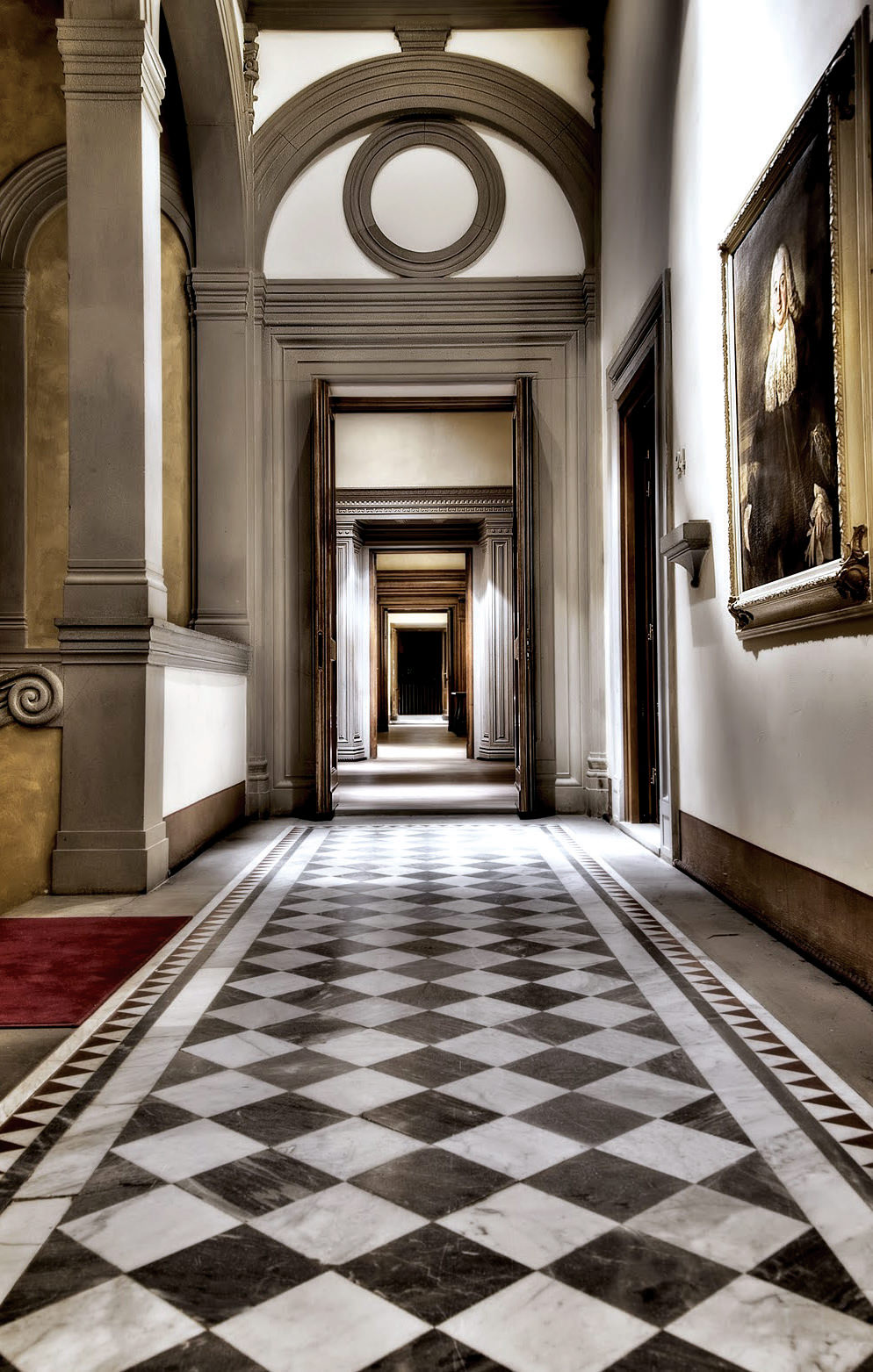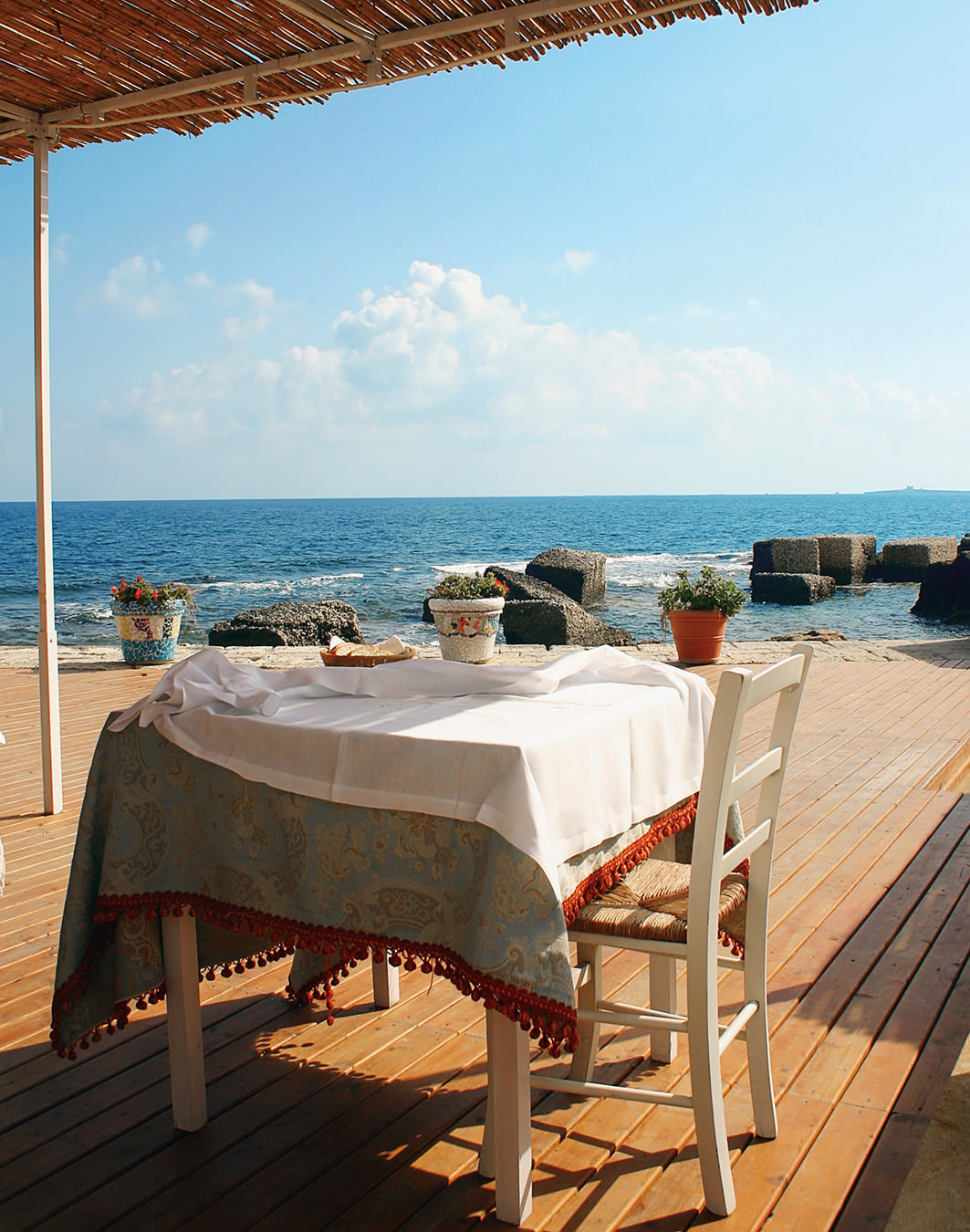The Cult Wines of Gabrio Bini
The architect turned winemaker is the radical voice of one of the wine world’s remotest regions.
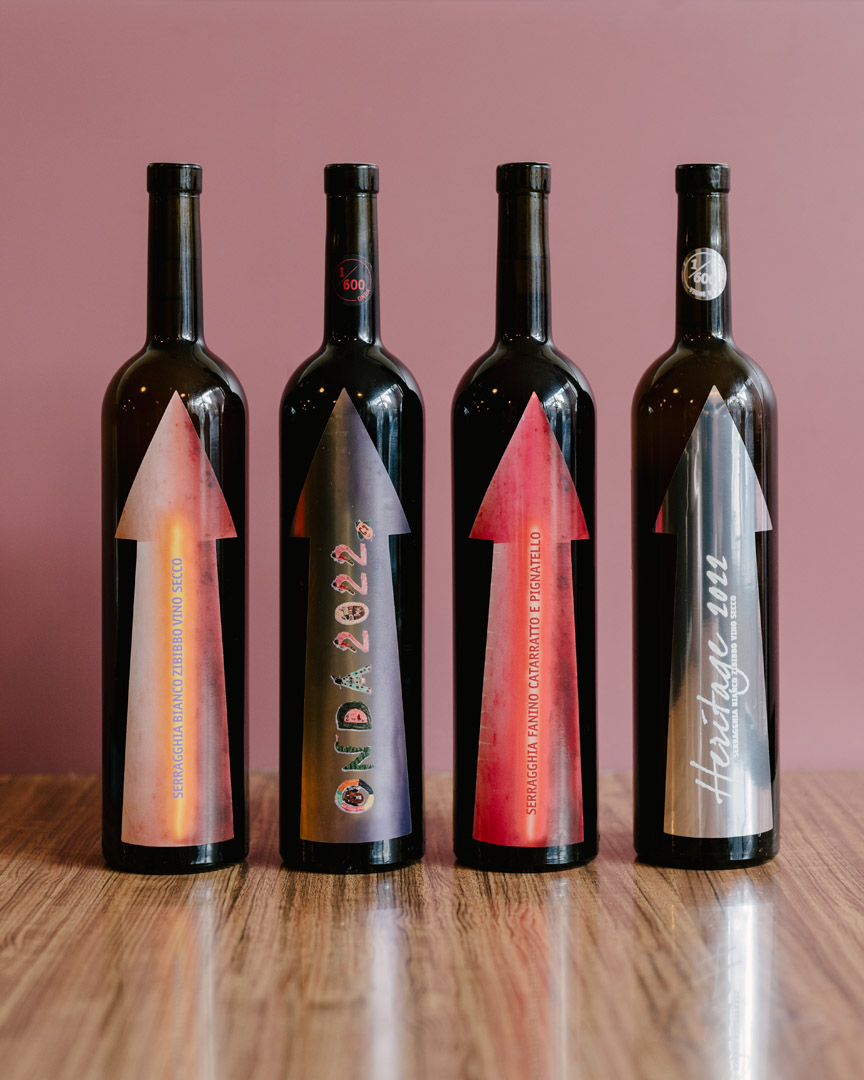
Very generally speaking, there are two types of cult wines. The first are the big, bold, luxurious ones; these are your cult Napa cabernets, first-growth Bordeaux, and rapper-approved Super Tuscans that even casual wine drinkers hear of from time to time and which, with the requisite amount of cash, are not that hard to get hold of. The second are the esoteric ones, often favoured by sommeliers and other wine professionals, that, while usually kinder to pocketbooks, are so rare that trying to obtain them can feel almost Sisyphean. These include the best (or most idiosyncratic) examples of wines like vin jaune from France’s Jura region, grenache from the Sierra de Gredos in Spain, or even aligoté from a dynamic young producer in Burgundy. But few attract the same fervorous devotion as those from Azienda Agricola Serragghia, the Panteschi winery helmed by the enigmatic Gabrio Bini.
Formerly an architect in Milan, Bini and his wife, Geneviève, decided to leave the city life behind to pursue a slower pace of life on Pantelleria—the 83-square-kilometre island with a population of just over 7,500 that lies closer to Tunisia than it does Sicily, of which it is technically part—in 1994. Back then, he had no intention to become the island’s most heralded winemaker, and thinking back, he doesn’t know exactly what drew him there—“Maybe it was Pantelleria that chose me,” he says. Before he began making wine, the first cult foodstuff he produced was capers (a staple of the little island), used in some of the best restaurants in Italy and beyond. During this time, from 1995-2005, Bini was in the “planning phase” of his winemaking career, studying the ancient, idiosyncratic winemaking techniques of Georgia and acquainting himself with the island’s rare grapes.
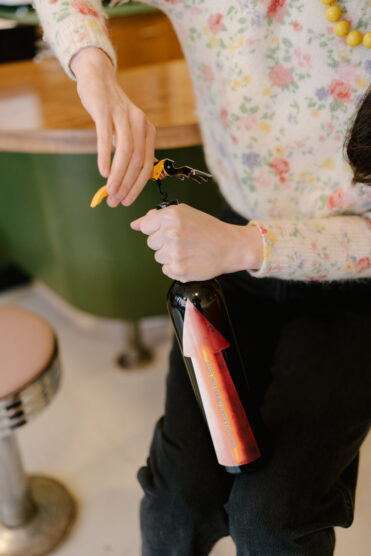
Fast forward a further 19 years, and Bini now farms seven hectares of old-bush vines in his south-facing vineyards that lie 300 to 400 metres above sea level. According to him, Pantelleria’s ancient terraced vineyards planted in volcanic soil are “the best land dedicated to the cultivation of vines in the world,” and his approach to both winegrowing and -making lets that land do the talking. Taking a radically hands-off approach, one that has no doubt helped shape his legion of admirers, Bini uses zero chemicals in his vineyards which are worked only by hand and horse. In the winery, he ferments his wines 100 per cent with native yeasts before aging them in clay amphora (whose construction is informed by his knowledge of architecture) that are buried for the whole process, anywhere from three to 84 months. The wines are bottled unfiltered and with zero added sulfur.
Most of the wines from Pantelleria are made with these rare indigenous grapes, and Bini’s are no exception. Outside of small production runs of varietal syrah, pinot noir, and carignan, all his cuvées are made with autochthonous grapes from nearby locales, including Sicily’s nerello mascalese, catarratto, and pignatello, as well as North Africa’s zibibbo, which is also known as muscat of Alexandria. Zibibbo—which is most often used to make passito di Pantelleria, a sweet wine—is Pantelleria’s most important grape, and one that Bini has helped popularize beyond the isle’s rugged shores. Bini’s hallmark wine, the zibibbo bianco, is a great entry point into the world of Panteschi wines—across the nose and palate, slightly grassy peach and mandarin flavours predominate. A blend of the red pignatello and white catarrato, Bini’s fanino runs the gamut of island wine flavours. The nose—a bewitching saline, gasoline, and petrichor mixture—leads into a flavour profile that seamlessly melds overripe stone fruit with spiced meats.
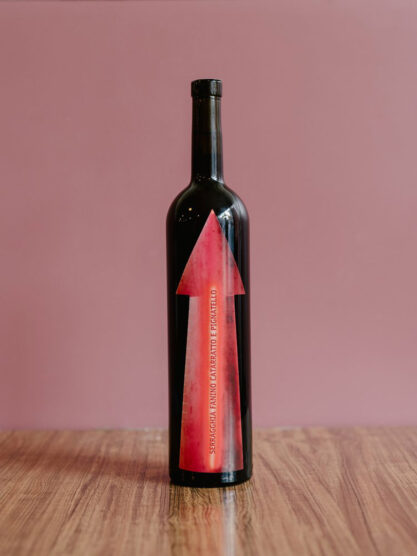
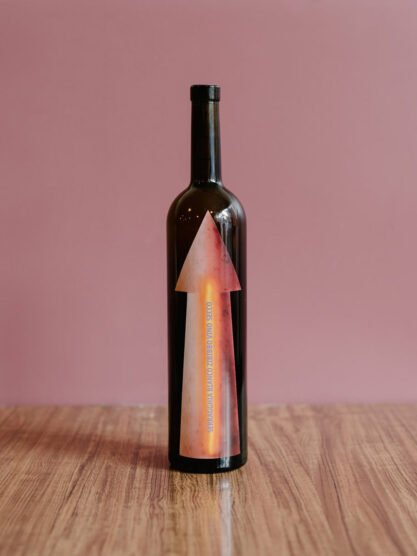
While Bini’s wines were nearly impossible to come by in Canada for many years, with the proliferation of natural wine bars, restaurants, and importers over recent years, hunting down a bottle or two is now more of a tall order than it is a Sisyphean task. As with all cult wines, the best way to get your hands on one of Gabrio Bini’s enchanting creations is directly through your local import agency. In Alberta and Saskatchewan, Azienda Agricola Serragghia is represented by Garneau Block, a boutique import agency that is no stranger to cult wines, representing natural wine darling Anders Frederik Steen among others.
While the effort to acquire these wines may not actually compare to endlessly pushing a boulder up a hill, take one sip and you’ll instantly know that Sisyphus’ unobtainable reward could never taste as sweet.
Photography by Mat Simpson.

